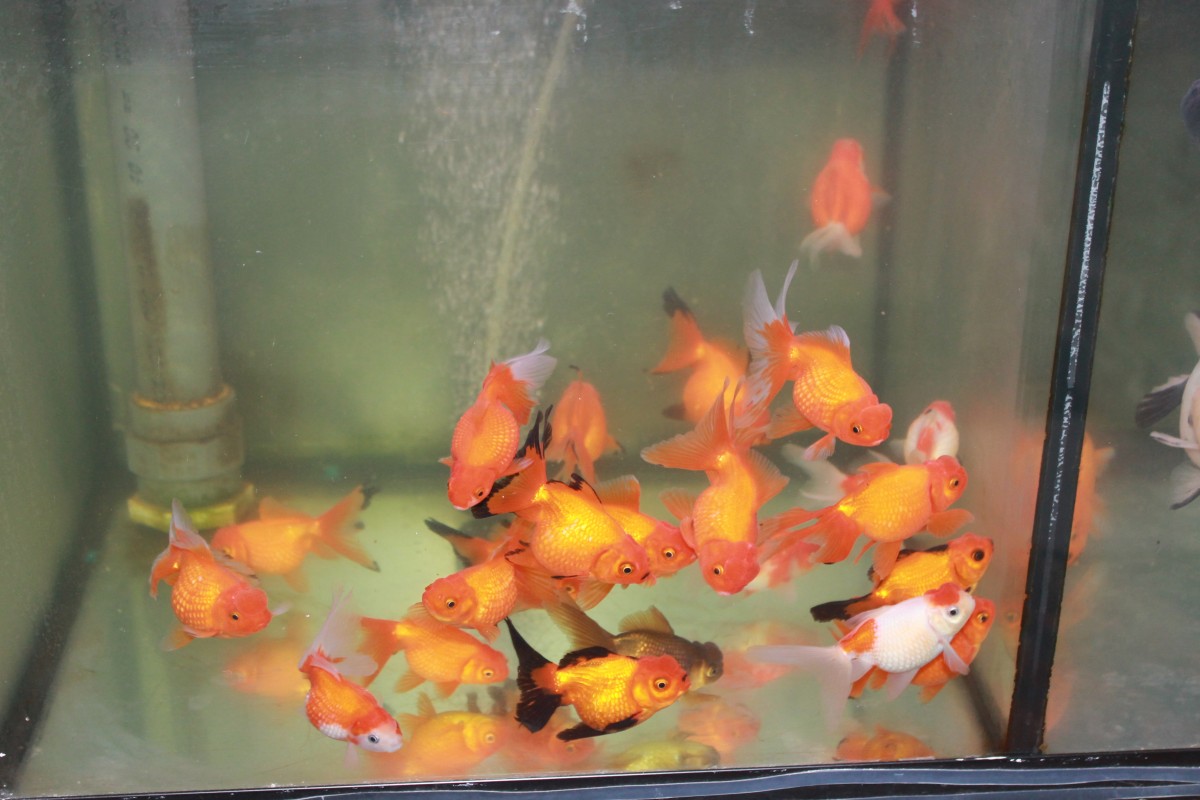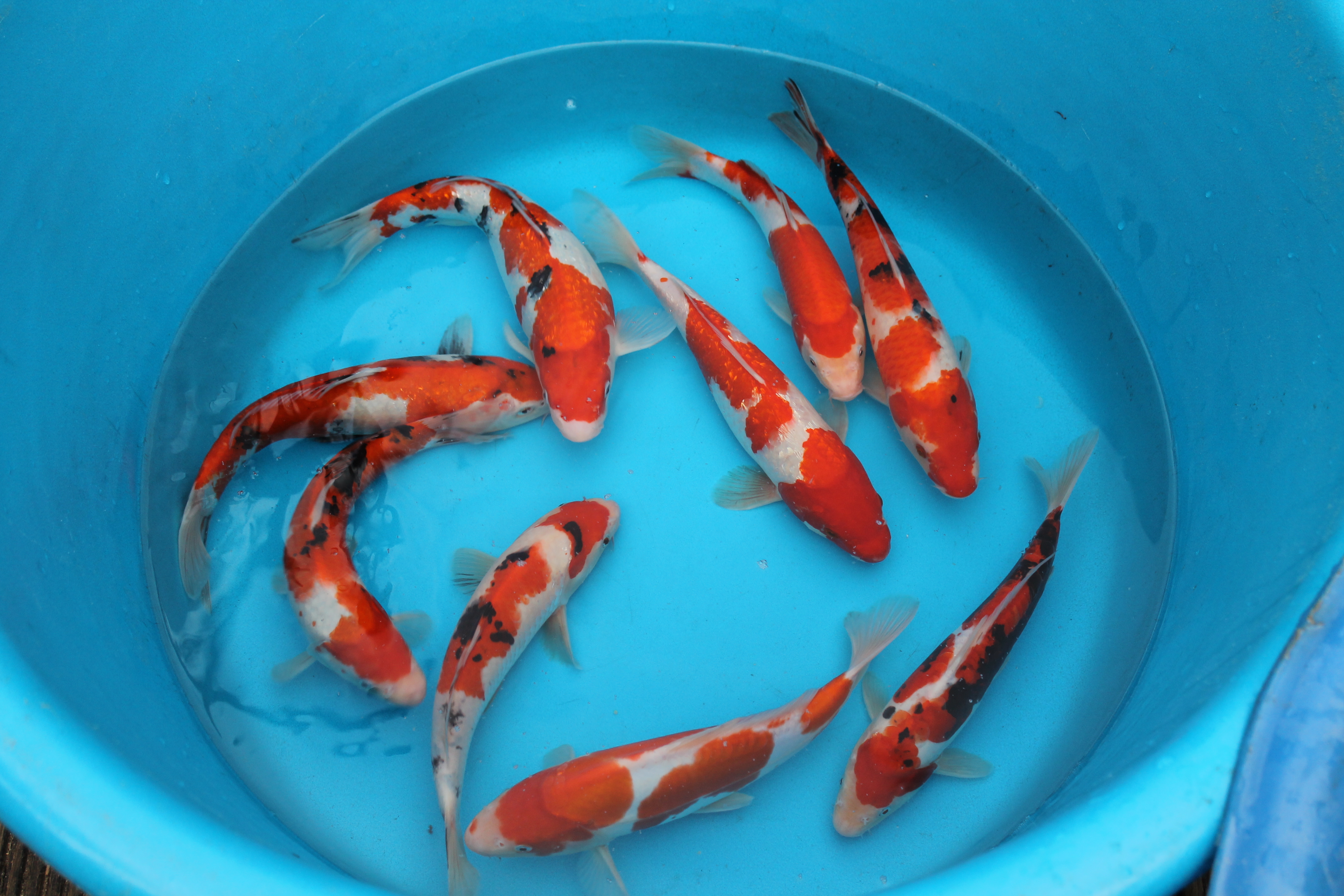
Common Name (UK): Rudd, Silver Rudd, Gold Rudd, Common Rudd.
Other names: Red Fin Rudd
Scientific Name: Scardinius erythrophthalmus
Adult size: The Rudd can grow to a size of about 18–20″ (45-50cm) with an average of about 8-10 ” (20-25cm).
Record Size: 5lb 15oz or 2.7kg Germany 1976
Lifespan: 15 Years +
Natural Habitat: Rudd prefer clear waters rich in plants. They also feed on aquatic vegetation when the temperature exceeds 18 °C. They hunt for living prey in the upper levels. They prefer clearr water lakes with large amounts of submerged vegetation. Rudd appear to prefer non-acidic water. Widespread in the UK and found in ponds, canals, lowland rivers and slow moving back waters.
Young Rudd eat zooplankton, aquatic insects, and occasionally other small fish. Mature Rudd, which are about 18” in length and weigh about 3 pounds, eat mostly aquatic vegetation. The Rudd can consume up to 40% of their body weight in vegetation per day, as much as 80% of which is discharged as waste, releasing nutrients into the water column. They can tolerate a wide range of temperatures and water conditions, including eutrophic or polluted waters. They come in both silver and gold (from a copper to a bright orange colour).
Geographical Range: Rudd have been artificially introduced to Ireland, United States, Morocco, Madagascar, Norway, Tunisia, New Zealand, Canada and Spain.
Rudd have been found in the US states of Alabama, Arkansas, Colorado, Connecticut, Georgia, Illinois, Indiana, Kansas, Massachusetts, Maine, Missouri, Nebraska, New Jersey, New York, Oklahoma, Pennsylvania, South Dakota, Texas, Vermont, Virginia, West Virginia, Wisconsin. This list may not include all states containing an introduced population of Rudd.
Rudd were illegally introduced into New Zealand in the 1960s and have been actively spread around the country. They have the potential to irreversibly damage indigenous ecosystems.
Rudd have been reported in the United States at least as early as 1925.
It is unlawful to possess or transport live specimens in the US state of Tennessee.
No person, firm, corporation, partnership, or association shall possess, sell, offer for sale, import, bring, release or cause to be brought or imported into the State of Alabama any species of fish “Rudd” (Scardinius erythrophthalmus) or “Roach” (Rutilus rutilus), or any hybrids of either species. This species was reported in Alabama from First Creek in Lauderdale County, Alabama, ca. 1987.
Breeding: It prefers shallow weedy areas in lakes and river backwaters, where mature females lay up to 200,000 eggs on submerged vegetation.
In Ornamental Ponds: A popular shoal fish that appears to do well in large Koi ponds and small natural ponds alike. More likely to reproduce if aquatic vegetation is abundant and can quickly establish a large population of stunted fish if left unchecked. More commonly preferred as the gold variety in the ornamental pond.
Medications and Treatments: Rudd are particularly susceptible to treatments that contain Formalin or Copper. These can prove fatal for the species. Malachite Green, Alparex, Flukesolve and salt have given no recorded issues with us. Malachite and Formalin (50% recommended dose of Formalin and upto 200% Malachite dose as a mix) have been used historically with no adverse effects for us. Potassium Permanganate is highly unadvisable as a treatment for Rudd and is highly likely to cause fatalities or irreversible damage to the species given their oxygen tolerances.
As with all treatments, ensure plenty of oxygen is available to the pond during any course of treatment.
FAQ’s:
How old/big do Rudd have to be to breed?
Rudd usually reach maturity at 2-3 years and typically 8-10” (20-25cm). However, in overstocked or small ponds where food and space may be an issue, breeding fish could be as small as 4” (10cm).
Do Rudd cross breed (hybridise) with other species?
Yes, Rudd have been recorded hybridising with Roach (most common), Bream and Chub (very rare as Chub are predominantly a river species). We suspect some of the orange/gold variants have been crossed with Golden Orfe (ide), which is genetically possible due to the scientific subfamily they share – Leuciscinae, to produce a bright orange Rudd that lacks the red fins.
Do they get on well with other species?
They are a very peaceful shoal fish. They appear to mix well with all other types of pond fish and will accept the same foods. They are active to much cooler temperatures than Koi or carp so this is worth noting in the winter months.
Buy Rudd here:
https://www.mf-aquatics.co.uk/?s=rudd&product_cat=0&post_type=product
Download sheet here:
https://www.mf-aquatics.co.uk/product/rudd-fact-sheet-free-download/

 Aquarium Fish
Aquarium Fish Aquatic Plants, Mussels and Snails
Aquatic Plants, Mussels and Snails Koi
Koi Native Fish
Native Fish Ornamental Fish
Ornamental Fish Pond Building
Pond Building



